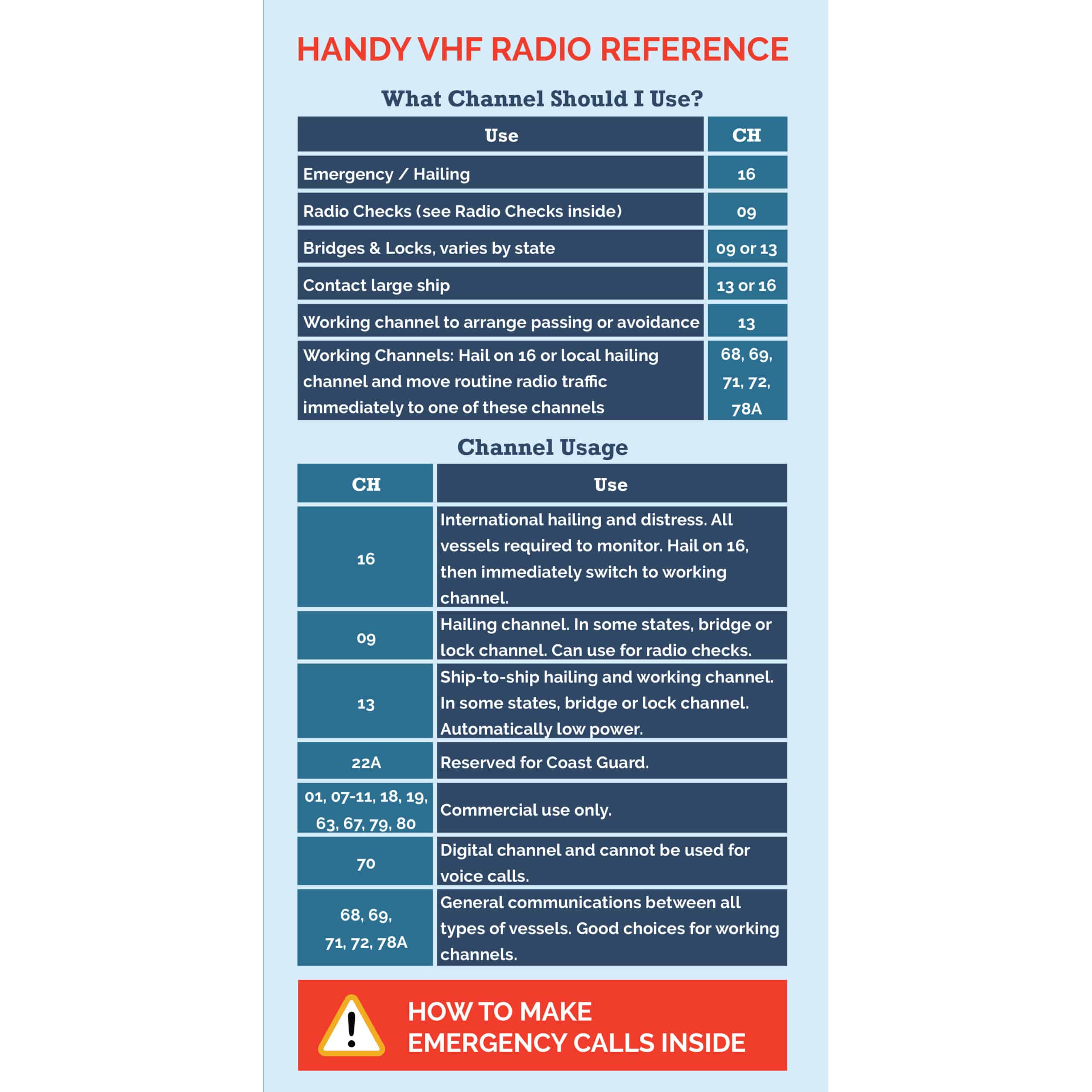Having good boat ventilation is key for coping with summer heat. And there are a variety of options. Some are free. Others require an investment. But it’s one worth making to stay comfortable on your cruising boat in the heat.
Galley Ventilation
While heat in the boat isn’t strictly a galley issue, cooking is the one thing that puts the most heat into the boat. Different cruisers cope in different ways:
- Some stay in marinas where they can run air conditioning.
- Some opt for being part-year cruisers, either returning to a second home or making extended visits to family and friends.
- Others cope by more or less refusing to cook in the galley, instead using the grill for almost everything.
We opted for a fourth choice. By improving our boat’s ventilation, cooking heat didn’t stay in the boat. We wanted to be out in the islands, not at a marina or in the US. The summer is gorgeous in the Sea of Cortez and the water is clearest for snorkeling when the temperatures are the hottest. And while we used the grill somewhat, and I tended to cook on the stove instead of in the oven (although I still baked bread frequently), we didn’t want to totally change our lifestyle.
With a little work and a few hundred dollars in supplies (less than the cost of one month in a slip or airfare back to the US), we dramatically improved the ventilation on the boat. And we didn’t significantly increase the electrical load. Summers were enjoyable. And when other cruisers came aboard Que Tal, most remarked about how much cooler our boat was than theirs.
We found six keys to improving boat ventilation.
Free Ways to Improve Boat Ventilation
First, two things that are totally free—
Remove the screens when there are no bugs
In the Sea of Cortez, there were rarely bugs to the point where we felt the need for screens. And when the breeze was light, screens blocked a lot of air movement. When there aren’t a lot of bugs around, try taking your screens out and see how much more air comes in the boat. If needed, replace the screens near sunset or whenever bugs come out where you are. Along the same lines, don’t use no-see-um screens if regular ones will do. No-see-um screens almost totally block any wind.
Open up the cockpit as much as possible
Screens or side-curtain sunshades enclosing the cockpit also restrict air movement—both in the cockpit and for air to move up and out through the companionway. When we had our dodger and bimini redesigned, Danny from Pacific Thread in La Paz suggested that we make the “windshield” removable. This was a huge improvement to air flow. Admittedly, if bugs are a big problem where you’re cruising, removing cockpit screens might not be practical. Or you might have to put them back in place for part of the day.
Paid Ways to Improve Boat Ventilation
And now four more suggestions for improved ventilation. These don’t qualify as “cheap.” But any of them might be well worth the money for you.
Low-draw 12-volt fans
We had 8 fans on board: 1 in the galley, 2 in the saloon, 1 in the head, 2 in the v-berth, 1 in the quarter berth (almost never used) and 1 in the lazarette (not often used, but very appreciated when it was).
We’d only turn on the one(s) where we actually were at any time, and since our preferred Caframo fans only drew 0.6 amps, they were not a significant drain on our batteries. The two in the saloon were not permanently mounted, so we also could move them to the cockpit when needed (see photo at the top of this article!).
The previous owner had installed some of the fans and we added more. We found that we greatly preferred the Caframo 12-volt 2-speed fans to the Hella fans—they moved far more air per amp.
I’ve written a separate article on 12-volt fans, and why we liked these better than other models. However, if you want to go straight to our preferred fans, here’s the link to them:
- Caframo Two Speed Compact 12v Fan Fan, White
 (Amazon; also available in black)
(Amazon; also available in black) - West Marine Replacement Fan Blade
 (they don’t break often, but it’s good to carry a spare)
(they don’t break often, but it’s good to carry a spare)
Port Visors
In the tropics, rain doesn’t necessarily bring cooler temperatures. So being able to keep your ports open for air movement even in rain can keep heat from building up inside. And port visors, covers for boat ports, can help.
Seaworthy Goods sells port visors in a variety of shapes. Once they’re installed, you don’t have to worry about shutting your ports when it starts raining.

Wind scoop
A wind scoop—or two, depending on your boat’s configuration—brings even the slightest breeze into your boat. I’ve now written an entire article on wind scoops—please read this update with comments on the best designs and a good place to get them.
Exhaust fan in the galley
Cooking heat rises in the galley, so if you can remove some of that heat with an exhaust fan or hatch right over the center of the galley, it will help with the heat in the galley. Now, Dave thought that the exhaust fan didn’t do much for heat in the rest of the boat, but I certainly thought it improved the galley, particularly while I was cooking.
There are two types of exhaust fans: solar powered and hard-wired. We opted for solar powered because it would have been hard to run wires where we needed them and also because we didn’t want to add to the load on the house batteries. However, hard wired from the house batteries generally can move more air.
We removed a passive ventilation dorade box and and installed an exhaust fan in its place. The first fan we got was a 3″ diameter model, as it fit exactly in the hole. When it died, we replaced it with a 4″ fan which moved considerably more air.
Exhaust fan considerations
As every boat is different in its configuration, it’s hard for me to make specific recommendations. However, a few considerations include:
- The larger the diameter of the fan blades, the more air the fan will move.
- Make sure it can be set to exhaust!
- Think about the type of weather you’re likely to encounter and make sure that the mounting system will be adequate. We bought one fan that was labeled marine, but the mounting system was clearly inadequate—we made it work for coastal cruising, but I wouldn’t have taken it across an ocean. It’s no longer available, but I put the link above where you can read my entire review and see what all the problems were.
- Make sure there is a way to solidly seal off the opening if you get into rough seas or nasty storm—how “bulletproof” it has to be depends a lot on where you are—for example, if you’re in hurricane-prone areas you need a much beefier system than if you’re at a marina on Kentucky Lake.
- If you want the fan to run all the time, solar is a good way to go for power. If you’re just going to run it when you’re cooking, and you have wiring that’s accessible, I’d opt for a 12-volt fan.
One friend went so far as to purchase a small hatch and install it over the galley area. As it was right at the highest point of the galley and directly over the stove, he didn’t feel that he needed an exhaust fan— the heat just naturally flowed up and out.
Conclusion
No two ways about it, summer in the tropics can be hot. Dave and I, coming from the Midwest, were somewhat more acclimated to it than cruisers coming from the much cooler Pacific coast.
Still, the key for us was planning and preparing in the cooler season for the summer. Having fans and a good wind scoop ready to go can dramatically improve the conditions on your boat and particularly in the galley. And in many places, such as for us in the Sea of Cortez, summer was a wonderful time to be cruising, with the clearest water for snorkeling and generally very calm seas. I would have hated to miss it!
Related Posts
Flatten the learning curve with practical how-to info that gives you the confidence to step into life aboard.
Start Learning Today

Carolyn Shearlock has lived aboard full-time for 17 years, splitting her time between a Tayana 37 monohull and a Gemini 105 catamaran. She’s cruised over 14,000 miles, from Pacific Mexico and Central America to Florida and the Bahamas, gaining firsthand experience with the joys and challenges of life on the water.
Through The Boat Galley, Carolyn has helped thousands of people explore, prepare for, and enjoy life afloat. She shares her expertise as an instructor at Cruisers University, in leading boating publications, and through her bestselling book, The Boat Galley Cookbook. She is passionate about helping others embark on their liveaboard journey—making life on the water simpler, safer, and more enjoyable.










Carolyn Shearlock says
I asked Bruce for some more info on these, since the only computer fans I’d seen people using when we were cruising were about 3″ diameter and didn’t move much air (they worked well to ventilate stuffy lockers and so forth, though). I also asked him about radio interference, since these were brushless (hoping there might be less).
He replied that these fans were about 5″ diameter and had been highly recommended by a guy with 40 years’ experience living aboard. Bruce didn’t know about the electrical interference, as he doesn’t have an SSB.
Sarah and Ben (@BlueWaterDreamn) says
We recently removed an old computer fan (with fan blades) that had been installed in our main berth by the previous owner. Because of it’s square shape and lack of modifications it could only be installed in one spot which wasn’t very effective. We felt it didn’t move much air and it was noisy…plus unsightly. I know aesthetics need to give way to function when you live on a boat but that didn’t stop me hating the way it looked. We have now got an attractive Caframo 12v fan installed which is fantastic, it is multi-directional, has three speed settings and 4 timer options and is much quieter. I now want them all over the boat.
Carolyn Shearlock says
Oh, never thought of THAT! There are some free-standing scoops that would probably help some . . . I know they don’t trap as much air and you have to turn them as the wind (or tide) changes. Curious if you’ve tried one of those?
Carolyn Shearlock says
If you’ve got the power, that’s great. We got a 12 volt box fan about 6 months ago and love it! Endless Breeze on Amazon.
John Robbins says
When we started cruising in 2012 (Manta catamaran), we got a Caframo 12V lighter plug fan and mounted it on a SeaSucker base. We have a 12-volt outlet at the helm where we usually use it when there is little wind. It was used a lot when on the ICW.